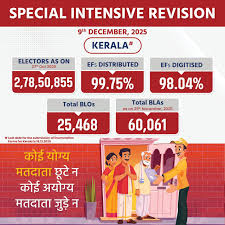The Political Rise of JD Vance and Its Significance
Introduction
JD Vance, a name that has surged into the spotlight of American politics, is reshaping the landscape of the Republican Party. As a U.S. Senator from Ohio, Vance’s profile garners attention both for his literary contributions and his political ambitions. Understanding his influence is vital as it reflects a broader shift within conservatism, particularly in how issues such as populism, economic change, and social policy resonate with the electorate.
Background and Rise to Prominence
Born in Middletown, Ohio, in 1984, Vance rose to fame with his memoir Hillbilly Elegy, which chronicled his upbringing in a working-class family and explored the complexities of modern American society. Released in 2016, the book provided significant insight into the struggles of the white working class, resonating widely across various demographics. His arguments surrounding economic despair and cultural identity have set the tone for his political narratives.
In 2020, Vance declared his candidacy for the U.S. Senate, positioning himself as a voice for those often overlooked by traditional politicians. His campaign focused on economic issues, advocating for jobs and addressing the opioid crisis, themes likely inspired by his personal experiences. Vance’s ability to merge personal storytelling with political advocacy has been a hallmark of his public persona.
Significant Events and Political Positions
Since taking office in January 2023, Vance has focused on various pressing issues, including trade reform and the future of technology. He has been an ardent critic of Big Tech companies, arguing for stricter regulations and accountability. His proposals extend to advocating for policies that centre around American manufacturing, a stance that finds favour among his constituency amid a backdrop of economic uncertainty.
Vance’s alignment with a more populist approach within the GOP has positioned him alongside prominent figures advocating for a departure from traditional Republican orthodoxy, illustrating the factional divides appearing in response to changing voter demographics and sentiments. He has maintained a controversial yet compelling narrative that challenges both Democratic and establishment Republican perspectives.
Conclusion
The political journey of JD Vance is indicative of a transformative era in American conservatism. As he continues to shape policy and engage in national debates, his trajectory highlights the significant impact of personal narrative and populism in modern politics. Looking ahead, Vance’s stance may influence not only Ohio politics but the Republican Party at large, potentially steering it towards a new identity. Observers will keenly watch how Vance’s policies resonate with constituents and shape the larger political landscape in the coming years.









